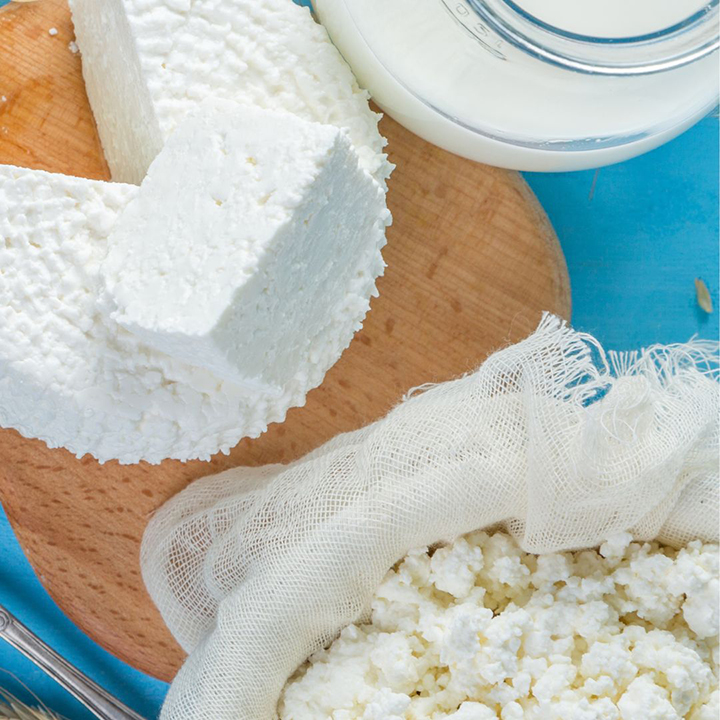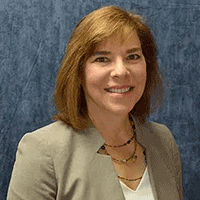Promoting the Science of Dairy Foods Webinar
| Date and time: |
February 6, 2024 11:00 AM to 12:00 PM in Central Time (US and Canada) |
| Speakers: |
KJ Burrington and Jayendra Amamcharla
|
 Join ADSA and the Institute of Food Technologists (IFT) Dairy Foods Division for a one-hour webinar on Tuesday, February 6, from 11:00 AM to 12:00 PM CST, to tackle two pressing topics in dairy foods science. KJ Burrington will be speaking on “Future-Proofing the Dairy Industry Through Training,” exploring the many educational opportunities across the country to expand the knowledge base on all things dairy and help manage future challenges in the dairy industry. Jayendra Amamcharla, PhD, will speak on “Tailoring the Functionality of Milk Protein Ingredients for Targeted Applications,” exploring the R&D efforts toward novel dairy ingredients and how to overcome their unique technical challenges.
Join ADSA and the Institute of Food Technologists (IFT) Dairy Foods Division for a one-hour webinar on Tuesday, February 6, from 11:00 AM to 12:00 PM CST, to tackle two pressing topics in dairy foods science. KJ Burrington will be speaking on “Future-Proofing the Dairy Industry Through Training,” exploring the many educational opportunities across the country to expand the knowledge base on all things dairy and help manage future challenges in the dairy industry. Jayendra Amamcharla, PhD, will speak on “Tailoring the Functionality of Milk Protein Ingredients for Targeted Applications,” exploring the R&D efforts toward novel dairy ingredients and how to overcome their unique technical challenges.
 Kimberlee (KJ) Burrington is the vice president of technical development at the American Dairy Products Institute (ADPI), having joined the staff in January 2021. Prior to joining ADPI, KJ served as the Dairy Ingredient Applications Coordinator for the Center for Dairy Research (CDR) from 1997-2020. She has over 30 years of experience in product development, including her past positions at Ridgeview Industries and the Keebler Company, and as a consultant to the baking industry. KJ has served on the ADPI Center of Excellence since its inception in 2013.
Kimberlee (KJ) Burrington is the vice president of technical development at the American Dairy Products Institute (ADPI), having joined the staff in January 2021. Prior to joining ADPI, KJ served as the Dairy Ingredient Applications Coordinator for the Center for Dairy Research (CDR) from 1997-2020. She has over 30 years of experience in product development, including her past positions at Ridgeview Industries and the Keebler Company, and as a consultant to the baking industry. KJ has served on the ADPI Center of Excellence since its inception in 2013.
In her previous position at CDR, she provided technical support for US dairy processors and end users on dairy ingredient functionality and applications. She also provided technical expertise for food companies internationally through visits and seminars in conjunction with the US Dairy Export Council to countries such as Mexico, Latin America, China, South Korea, Japan, and southeast Asia. KJ has bachelor of science and master of science degrees in food science from the University of Wisconsin-Madison. She is also a certified food scientist.
 Jayendra Amamcharla, PhD, has undergraduate and graduate degrees in dairy technology and dairy engineering, respectively. He has completed his doctoral degree in agricultural and biosystems engineering at North Dakota State University (Fargo, ND). After earning his PhD, he worked as a postdoctoral research associate in the Dairy Science Department at South Dakota State University (Brookings, SD). Subsequently, he was with the Animal Sciences and Industry Department, Kansas State University, as a professor (food science) for 11 years. Recently, he joined the Food Science and Nutrition Department at the University of Minnesota, and his research is focused on dairy fractionation and separation science. He also serves as the director of Midwest Dairy Foods Research Center and the Joseph J. Warthesen Food Processing Center.
Jayendra Amamcharla, PhD, has undergraduate and graduate degrees in dairy technology and dairy engineering, respectively. He has completed his doctoral degree in agricultural and biosystems engineering at North Dakota State University (Fargo, ND). After earning his PhD, he worked as a postdoctoral research associate in the Dairy Science Department at South Dakota State University (Brookings, SD). Subsequently, he was with the Animal Sciences and Industry Department, Kansas State University, as a professor (food science) for 11 years. Recently, he joined the Food Science and Nutrition Department at the University of Minnesota, and his research is focused on dairy fractionation and separation science. He also serves as the director of Midwest Dairy Foods Research Center and the Joseph J. Warthesen Food Processing Center.